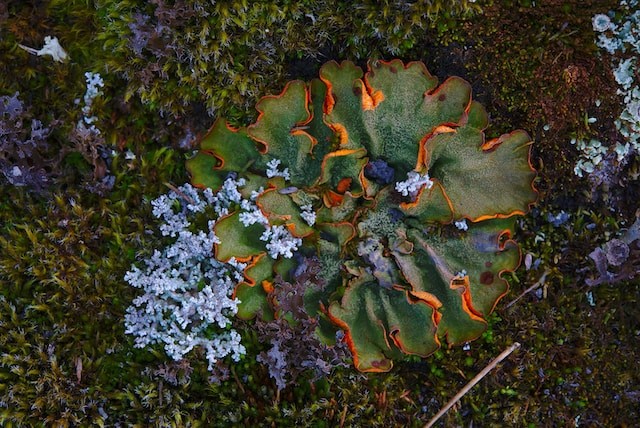Climate change is one of the biggest threats to biodiversity around the world, especially for rare and endangered species.
A new study published in the journal PLOS Climate reveals that all plants and lichens listed as endangered under the Endangered Species Act are sensitive to climate change, but few of them have adequate conservation plans to address this challenge.
Climate change affects endangered plants and lichens

The study, conducted by Amy Casandra Wrobleski of Pennsylvania State University and colleagues, assessed the sensitivity of 771 listed plant and lichen species to climate change using existing tools that were previously applied to animals, as per Phys.org.
They found that all of them are at least slightly threatened by climate change, and some are highly or extremely threatened.
The main factors that make them vulnerable are narrow geographic range as many endangered plants and lichens are endemic to specific regions or habitats that may be altered or lost due to climate change.
There is also the issue if low genetic diversity, as many endangered plants and lichens have low population sizes or are isolated from other populations, which reduces their ability to adapt to changing conditions.
Moreover, specialized ecological requirements is another problem.
Many endangered plants and lichens depend on specific soil types, moisture levels, pollinators, dispersers or symbionts that may be affected by climate change.
Ladtly, there is the issue with direct physiological effects, as many endangered plants and lichens may experience reduced growth, reproduction, survival or germination due to increased temperature, drought, fire, flooding or pests.
Also Read: Lichens: Tiny Organisms Struggle to Adapt as Earth Is Heating up Quickly
Conservation plans address climate change
The study also reviewed the documentation for each listed plant and lichen species to see if climate change was recognized as a threat and if any actions were taken to mitigate it.
They found that climate change is widely recognized as a threat, 77% of the recovery plans, 84% of the five-year reviews and 89% of the listing rules mentioned climate change as a threat to the species.
Climate change is rarely addressed directly, only 9% of the recovery plans, 14% of the five-year reviews and 16% of the listing rules included actions to address climate change directly, such as monitoring, modeling, translocation or assisted migration.
Meanwhile, climate change is often addressed indirectly, 46% of the recovery plans, 55% of the five-year reviews and 58% of the listing rules included actions that could indirectly benefit the species under climate change, such as habitat protection, restoration or management.
Conservation planning can be improved
The study concluded that while acknowledging climate change as a threat is an important first step, more direct and focused actions are needed to ensure the recovery of many endangered plants and lichens, as per Tech Explorist.
The authors suggested that climate change should be incorporated into recovery planning, recovery plans should include clear objectives, criteria and actions to address climate change for each species, based on the best available science and adaptive management.
Climate change should inform listing decisions. Listing rules should consider the current and future impacts of climate change on the species' status and viability, as well as the potential benefits of listing for enhancing their resilience.
Climate change should be integrated into conservation practice, wherein conservation practitioners should use tools, such as vulnerability assessments, scenario planning, decision support systems and climate-smart guidelines, to design and implement effective conservation strategies for endangered plants and lichens.
Related Article: Scientists Have Discovered That Vegetation Plays a Critical Role in Arctic Warming
© 2024 NatureWorldNews.com All rights reserved. Do not reproduce without permission.


![Tsunami Hazard Zones: New US Map Shows Places at Risk of Flooding and Tsunamis Amid Rising Sea Levels [NOAA]](https://1471793142.rsc.cdn77.org/data/thumbs/full/70325/280/157/50/40/tsunami-hazard-zones-new-us-map-shows-places-at-risk-of-flooding-and-tsunamis-amid-rising-sea-levels-noaa.jpg)

![Climate Change is Reducing Dust Levels Worldwide as Arctic Temperature Warms [Study]](https://1471793142.rsc.cdn77.org/data/thumbs/full/70320/280/157/50/40/climate-change-is-reducing-dust-levels-worldwide-as-arctic-temperature-warms-study.jpg)
